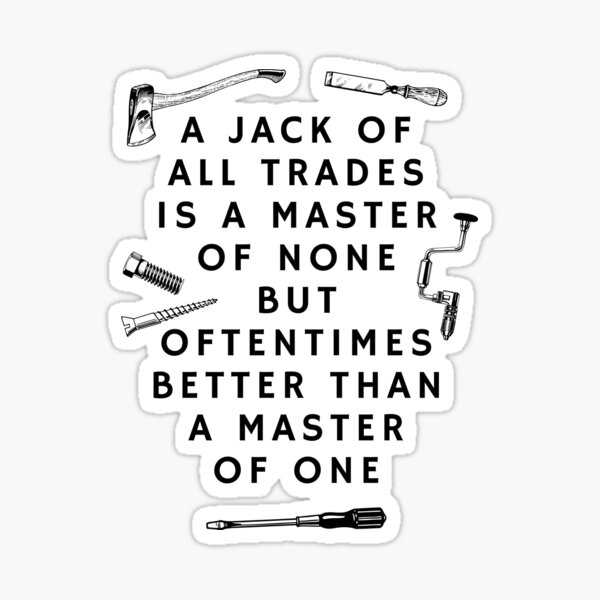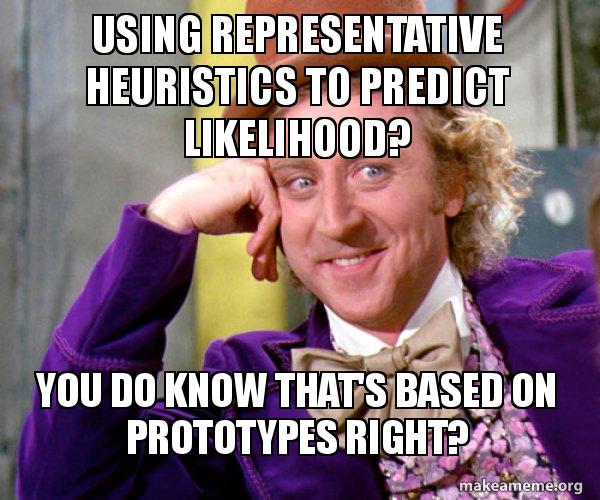The first “nice” thing I did was I had purchased a homeless man a meal from Zero’s subs close to where I live. I saw him on the corner of the street and asked the employees if he had ever come in to eat before, and then they told me his order, and then as I was leaving, I gave him the sandwich, chips, and water. He gave me a handshake and said, “God bless you.” I told him the same and carried on with my day. Initially, it felt good to buy him a meal, but the grander reality sets in when you contemplate how many people are homeless and how little progress we have made on these kinds of issues. What prompted me to do this was that essentially I was brought up with a philosophy that if you were in a position to help someone in need, then it was your moral responsibility to do so.
Another nice thing that I have done for people I know is that one of my roommates’ cars broke down, so I volunteered to drive him to his job at 6:30 every morning for the past week until his car was fixed at the mechanics. I am also helping my mother build her dream garden in the backyard of her house. It’s something she’s wanted for a long time, and I had some extra time these past couple of weekends to help out. She was very joyous and thankful we built about 6 Crop plots and started a mini greenhouse that we plan to finish by summer. My other roommate has been trying to lose weight, so I have worked out with him every day for the last couple of months, and he’s made sufficient progress; he’s down about 25 lbs. As his confidence in his body grows, he has been very excited about his overall physique and appreciates my help with dieting, workout planning, and spotting him. I have also been doing relatively the same thing with my brother as he is a freshman at JMU and has expressed that he wants to bulk up a bit more in the gym. He has expressed his gratitude several times when I have recommended him workout routines and dieting practices. Lastly, to answer the question of If I believe that doing these altruistic things on a daily or permanent basis is beneficial, I would say yes. From a philosophical perspective, it’s not solely for the benefit of other people; it is also for the betterment of oneself to be altruistic. You learn from actions and experiences, which propel you forward and grant you wisdom and knowledge.
ATA3
My results for the Styles of Love Questionaire are as follows: Eros 1.42(high), Ludus 4(low), Storge 2.7(neutral low), Pragma 3.14(low neutral), Mania 3(neutral high), and Agape 1.85 (high). I agree with my scores with my current partner; I would say that it’s reasonably accurate, although we have only been dating for a brief time. However, I chose to look at this questionnaire as a philosophical view on my perception of love, and nonetheless, I agree with what the assessment produced.

ATA2
The first image that I selected was an image of me fishing within the beaches of South Carolina holding a Black Tip shark around 4-4.5 feet long. I would consider this photo as attributing to discipline and knowledge of an aspect of survivability and determination. As reeling in one of the world’s most deadly predators is no easy feat. It requires a domain of understanding within the oceanic food chain, specific knowledge of the prey within the area, skills within the strength of knots, and the tieing of said knots to understand what kind can hold a thrashing predator of that size and the locality where one would find predators within the area. The second photo that I selected was the photo of me with one of the first deer that I hunted In West Virginia. I would attribute this photo to determination, perseverance, and patience. The context of this hunt needs to be put into perspective. I traveled to West Virginia a few years ago in the middle of Winter to hunt deer on a friend’s family farm. Long story short, it took around 5.5 hours within -5 degree weather to successfully pursue the deer on the property, and nothing comes close to that example as to what degree my patience was tested. The third photo that I had chosen displayed me with a deck of cards fanned out in my hands at a young age. The particular reason as to why I had chosen this image was to describe the concept of how one would go about hedging one’s bets in life. My grandfather and father taught this lesson to me early in life. Both were successful gamblers within their lifetime due to understanding the mathematical probability of success, and knowing when to leave the table would ensure a higher degree of success in pursuing the risky endeavor.
The fourth photo was a picture of me reading meditations by Marcus Aurelius. It essentially encapsulates my fascination with philosophy and the wisdom that leaders of both ancient and current civilizations can contribute to society. It also represents how the morals and ethics of generations change within their respective timeframe and within the test of time, innovation, and moral guidelines. The fifth photo that I had chosen was a picture of me when I was at my peak performance in working out and staying healthy. I contend that someone who regularly exercises/focuses on the evolution of their body within the framework of self-improvement has the propensity to create a realistic perspective on what they want to achieve through hard work and determination. The last photo I selected was not a picture of me but a question mark. It alludes to the idea that I have little to no idea what the future holds and that I can only prepare myself within the context of the stimuli and information I receive and try to be prepared for the worst-case scenario.

ATA1
The representativeness heuristic defined by the textbook is a strategy for making judgments based on the extent to which current stimuli or events resemble other stimuli or categories. An example of this could be if you witnessed someone wearing a bucket hat, overalls, and boots, you might deduce that the individual is a farmer, hunter, or fisherman. One of the main reasons that representative heuristics lead to incorrect inferences, as stated in the textbook, is that such reasoning differences could potentially result in difficulties when members of different groups seek to agree on how best to tackle problems affecting the world as a whole. Availability heuristics defined in the textbook is a strategy for making judgments on the basis of how easily specific kinds of information can be brought to mind. An example of an availability heuristic is people don’t like swimming in the ocean because there are sharks in the water. Even though there have been only 73 cases worldwide, the mass media blows it out of proportion every time there is one. As stated in the textbook, the error or incorrect inference about availability heuristics refers to people overestimating the likelihood of dramatic but rare events.
Anchoring and adjustment heuristic, as defined by the textbook, is a heuristic that involves the tendency to use a number of values as a starting point to which we then make adjustments. An example for anchoring and adjustment heuristics could be if you are in the market for buying a car, you see a listing for a used jeep for 14,000 dollars, you get in contact with the seller, and you offer 8,000 dollars and then continue to haggle. In the end, you paid 11,000, thinking you got a good deal, and the seller realistically only wanted 10,000; the anchor in this scenario was 14,000, and the adjustment was 11,000. One of the downsides or errors about anchor and adjustment heuristics is that the adjustments are insufficient or come close enough to the anchor a large proportion of the time. Therefore, a mutually beneficial conclusion fails the majority of the time. Status Quo heuristic essentially assumes that certain current things are better than any other alternative. An example of a Status quo heuristic could be the automotive industry. People believed that gasoline cars were far superior to electric cars until Elon Musk came around and revolutionized the whole industry. The margin of error within the status quo heuristic is that innovations that most people may not hear about until way into the future will supersede the most current/best invention.

This meme is representative of how the concept of prototypes is used to explain representative heuristics.